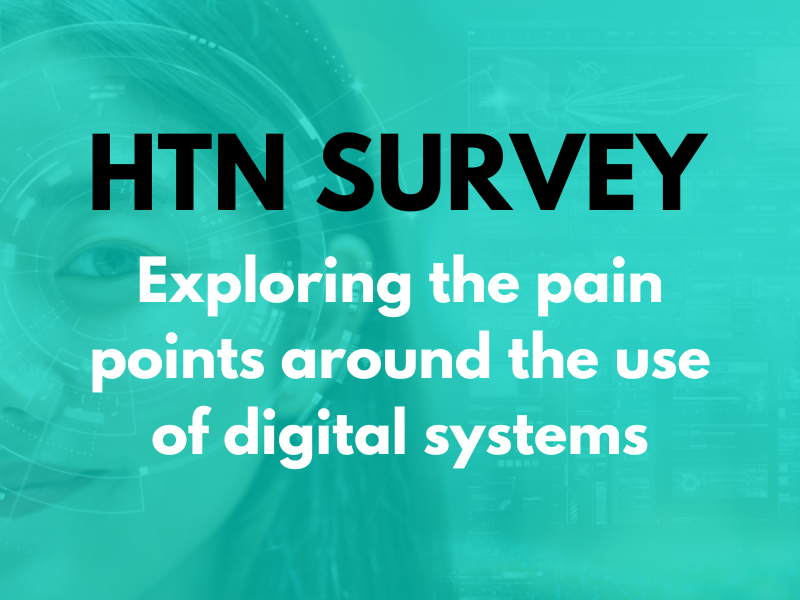Sussex ICB’s Digital Inclusion Strategic Approach for 2025 – 2027 has shared the system’s commitments to promoting digital inclusion, along with measures indicative of success. Shaped by residents, NHS teams, councils, and community organisations, the approach reflects on designing inclusive services and addressing challenges people may face in accessing them.
Centred around the mission of ensuring everyone in Sussex can access digital health and care services if they want to, or alternative non-digital options if they don’t, the ICB commits to building strong foundations by putting in place fair policies, purchasing the right tools, and designing services to fit the needs of the whole population.
The ICB moves on to highlight digital exclusion risks in the region, including more than 200,000 people identified as lacking basic digital skills, 102,000 people with English as a second language, and 22.4 percent of the population aged 65 and over. It shares feedback from residents, citing challenges such as outdated devices preventing software updates from working as they should, and issues with using a touch screen, also noting the need for technologies to interoperate with assistive technology.
In light of these barriers to access, the system outlines plans to collaborate with partners for fairer access, to build skills, to raise awareness of the impact of digital exclusion, to innovate and co-design solutions with diverse communities, to streamline platforms and plan for the future of digital innovations, and to use data effectively, building trust and transparency.
The ICB notes that “easy-to-read communications will allow service users to keep their information private and to avoid missing appointments”, whilst making forms available in more languages and using built-in translation will make services easier for everyone to use. Loaned devices and signposting to free Wi-Fi is planned to help people access virtual care.
On what success will look like, the ICB points to providing “clear, easy-to-understand information about how personal data is used and how to access services”, and measuring how “people better understand how to find and use digital health tools and services”. The ICB adds that “services will share clear information and easy guides to explain how digital tools and data sharing can help people manage their health and care”, and providers “will create strong policies and design services that reduce digital exclusion”. Here, people will get “clear feedback so they can see how their ideas make a difference, and there will be chances to help design services”.
Wider trend: digital inclusion
The Welsh Government has published a prior information notice ahead of a procurement for a supplier who can deliver on the Digital Inclusion Wales contract, in an effort to reduce barriers to access to digital devices and online services. The contract will reportedly focus on delivering a national bilingual programme of activity, supporting digital inclusion across the region. According to the notice, this will be achieved by offering advice and support, mapping digital inclusion throughout Wales and creating digital inclusion resources.
Lincolnshire’s Health and Care Digital Inclusion Strategy was presented to the ICB for approval, outlining priorities for 2025 – 2028 covering access to devices and data, accessibility and ease of using tech, access to services, skills and capability, beliefs and trust, and leadership and partnerships. It shares results from the Lincolnshire Digital Health Toolkit, created to identify areas at “the greatest risk of being left behind as a result of digitalisation”, making links between the more deprived areas of Lincolnshire and higher rates of digital exclusion.
University Hospitals Plymouth NHS Trust board has shared its Quality Account for 2024/25, highlighting uses of digital and data to support quality across the trust’s services. It also sets out priorities for the coming year across improving experiences of care and staff experience, reducing harms, promoting digital first, digital inclusion, and the use of digital to support R&D functions.





